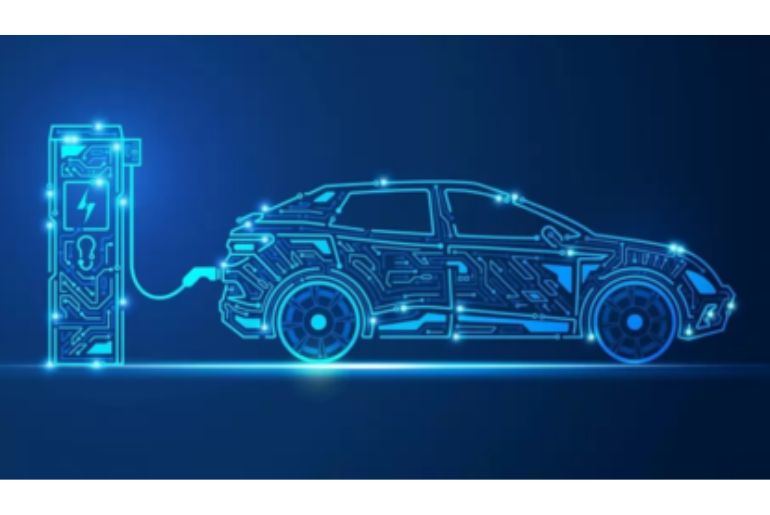India’s electric vehicle (EV) manufacturers are facing increased market pressure as recent Goods and Services Tax (GST) rate rationalisations make internal combustion engine (ICE) vehicles more affordable, widening the price gap between EVs and their ICE counterparts. This shift poses a challenge for EV adoption, particularly for models that share platforms or segments with conventional vehicles.
Dealers and industry executives report that popular EV models such as Tata Motors’ Nexon EV and Punch EV, Hyundai’s Creta EV, and MG’s ZS EV are now being scrutinised more closely by consumers as their ICE siblings become significantly cheaper. For example, the price difference between the Nexon ICE and Nexon EV has increased to ₹5.49 lakh from ₹4.59 lakh, while the gap between the Punch and Punch EV has widened to ₹4.59 lakh from ₹3.79 lakh. Additionally, Hyundai’s Creta ICE variant saw a reduction of ₹69,624, bringing its price down to ₹19.49 lakh, making it substantially more attractive compared to the electric variant.
The widening price disparity is prompting EV manufacturers to explore strategic measures to maintain competitiveness. Options being considered include offering higher discounts, flexible financing schemes, or revising pricing strategies to make EVs more appealing to cost-sensitive buyers.
Industry analysts note that while EVs continue to offer benefits such as lower running costs and environmental advantages, upfront pricing remains a critical factor in consumer decision-making, especially in the mass-market segment where ICE alternatives are now more accessible.
As GST reforms continue to reshape the automotive pricing landscape, EV makers must navigate a delicate balance between profitability, affordability, and the ongoing push for sustainable mobility in India.

